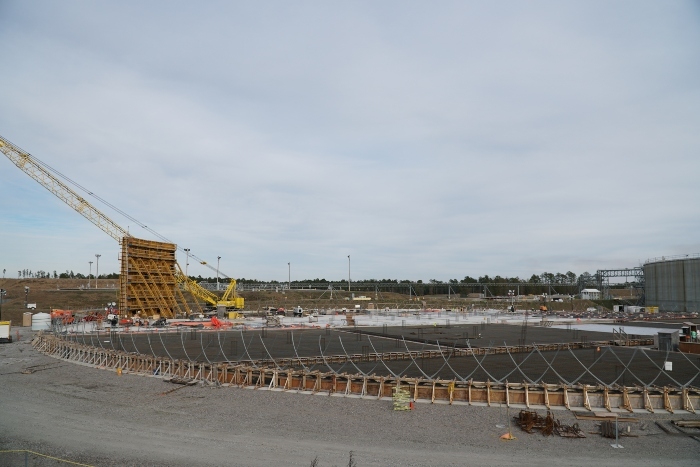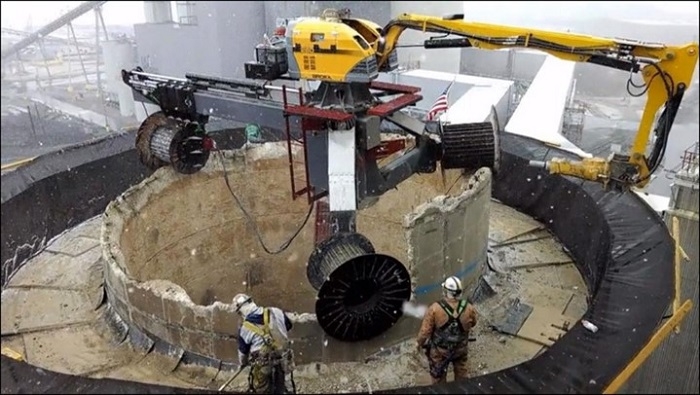The Three Mile Island nuclear generating station in 2010.
A community advisory board has been formed for the decommissioning of Unit 2 of the Three Mile Island nuclear power plant, according to a March 23 report by StateImpact Pennsylvania, a collaboration of National Public Radio member stations. The Nuclear Regulatory Commission approved in December the transfer of TMI-2 and its license to TMI-2 Solutions for decommissioning. TMI-2 Solutions is a subsidiary of EnergySolutions.
According to the report, the TMI-2 Community Advisory Panel (CAP) is made up of 15 people who represent the plant and its neighbors, including townships, school districts, first responders, nuclear planners, and state historians. The group is being led by Londonderry Township manager Steve Letavic.
TMI-2 Solutions said that it will provide quarterly decommissioning updates to the TMI-2 CAP. As a volunteer non-regulatory organization, the CAP will provide community feedback to TMI-2 Solutions, including any issues or concerns related to TMI-2 decommissioning activities.
Savannah River’s DWPF has been pouring high-level waste canisters for a quarter of a century. Photo: DOE
The month of March marked the 25th year of radiological operations for the Defense Waste Processing Facility (DWPF) at the Department of Energy’s Savannah River Site in South Carolina. Radiological operations at DWPF, which is used to treat Savannah River’s high-level radioactive tank waste, began on March 12, 1996, with the first canister of vitrified waste poured on April 29 that year.
To date, more than 4,200 stainless steel canisters of vitrified waste have been poured at DWPF, according to the DOE.
The only operating waste vitrification plant in the nation, DWPF is operated by Savannah River Remediation, the DOE’s liquid waste contractor at the site. According to the DOE, DWPF operations are expected to continue for approximately 15 more years, and about 4,000 more canisters are scheduled to be produced. The DOE expects to begin hot operations at a second waste vitrification plant later this year at its Idaho National Laboratory site.
The first wall section of Saltstone Disposal Unit 8 is being constructed at the Savannah River Site. Source: DOE
The first wall section of Saltstone Disposal Unit 8 (SDU 8) at the Department of Energy's Savannah River Site in South Carolina was installed earlier this month.
SDU 8 will stand 43 feet tall and 375 feet in diameter, and have a 33-million-gallon capacity, just like two SDUs built recently at the site. The 25 wall sections of SDU 8 are being constructed using high-strength, reinforced concrete and will be wrapped with seven layers of more than 300 miles of steel cable for added strength.
The flooring of SDU 8 is more than halfway complete. The concrete floor sits on top of a multilayer foundation: a geosynthetic clay liner and high-density plastic liner sandwiched between two concrete layers called “mud mats.” The floor is being completed in 14 sections.
The disposal units are built to safely and permanently contain decontaminated salt solution processed at Savannah River, the DOE reported on March 9.













